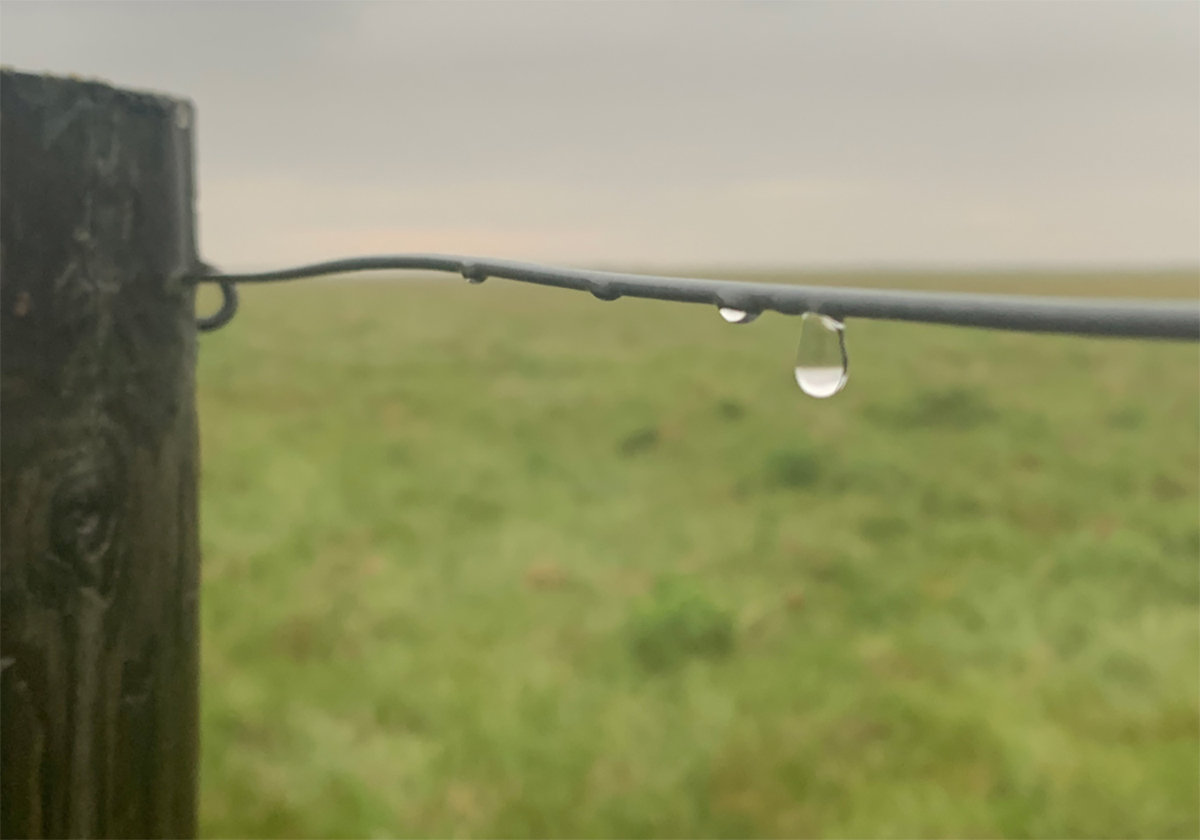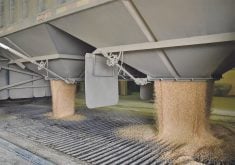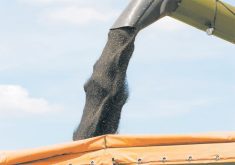Pivotal is perhaps the best word to describe the massive rainfall event that hit a large portion of the prairies around June 21. Although a substantial net benefit to grain and forage prospects, there will also be negative ramifications.
Rain was desperately needed in many parts of Alberta and western Saskatchewan. In some areas, particularly with cereal grains, dry conditions had already limited yield potential. Stunted wheat, durum and barley, which was already heading, won’t miraculously turn into a great crop no matter how much it rains.
Many crops, however, will benefit mightily. This one rain event could potentially boost prairie grain, oilseed and pulse production by millions of tonnes. It should be noted that even though it was an amazingly widespread event not all areas needing moisture received a lot of rain.
Read Also

Invigor Gold variety viewed as threat to condiment mustard
Invigor Gold, the canola-quality mustard developed by BASF, is on a collision course with Canada’s condiment mustard industry. It’s difficult to see how the two can co-exist.
In many cases, the size of the first hay cut was already set and the rain was too late to be of much benefit. However, pasture conditions will improve and green feed production now has dramatically better potential. This rain event will help mitigate a large breeding herd sell-off.
The downside is that many areas received huge downpours causing water runs across fields as well as flooded areas. Environment Canada got it right when they issued their heavy rainfall warning for a large area of Alberta and western Saskatchewan.
It will take a while to assess how much rain was received in all the various regions as well as the extent of flooding and erosion damage. Ahead of the weekend rain, the provincial crop report for Saskatchewan had topsoil moisture on cropland as one per cent surplus, 40 per cent adequate, 44 per cent short and 14 per cent very short.
Expect those number to change dramatically in the June 26 crop report. The report will also provide comprehensive rainfall data and identify the area where moisture is still in short supply.
Water laying in fields is the most worrisome for lentils and peas. Aphanomyces and the entire root rot complex could end up particularly serious. Although recent years have not typically seen excess rainfall, the Aphanomyces problem has been getting worse.
In the Rosetown area, noted for its large reliance on lentils, many producers have reduced their acreage or cut lentils from their rotation entirely due to the extent of root rot problems. If this big rainfall event spurs even more root rot, lentils may be flushed from more rotations in the years ahead.
On June 27, Statistics Canada will come out with its seeded acreage report. Up until now, Statistics Canada has been predicting a decrease in chickpea acreage. That makes sense based on the poor price performance of chickpeas, but many producers have switched lentil acreage to chickpeas to help address the Aphanomyces problem. Watch for an increase in chickpea acres when the report comes out.
It appears Aphanomyces in lentils and field peas can only be solved with plant breeding, which, unfortunately, looks to be a long-term process. In the meantime, these pulse crops will likely struggle to maintain acreage.
Many long-range weather forecasts had this spring and summer hotter and drier than normal and the weather could still turn hot and dry in July. That’s what happened last year. The tap basically turned off at the end of June.
However, yield potential is now substantially improved due to this single weather event, and at least for now, the weather pattern seems to have shifted to a wetter bias.


















